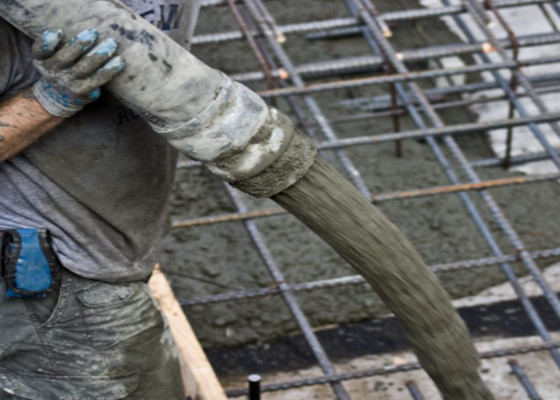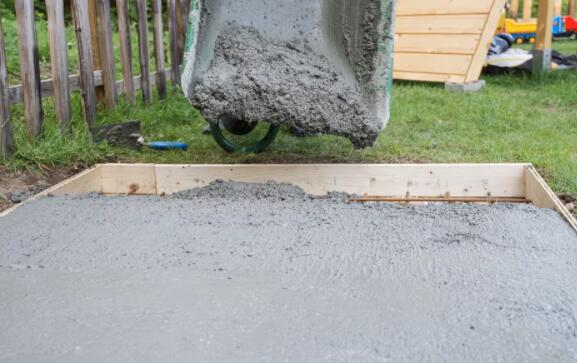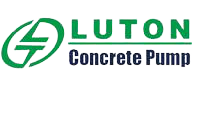How to protect new concrete during construction is an important issue which directly affects the construction projects quality. Concrete is a widely used building material in modern buildings, including houses, roads and bridges and infrastructure in cities ans towns. This material is not only easy to operate but also very stable to ensure the concrete building strong and durable. Therefore, the quality of concrete directly determines the use effect of concrete.

However, concrete in the construction process, easy to be affected by the construction environment, atmospheric conditions, if not timely reasonable protection, it is likely to make the nature and state of concrete materials change, resulting in the reduction of its strength. So, how to protect new concrete during construction?
Reasonable Arrangement of Pouring and Construction
Reasonably arrange pouring and construction so that the concrete should be poured into the mold in the shortest time.
Control the construction speed to make concrete into the mold after timely complete vibration, plastering, maintenance and other construction requirements.
When the concrete waiting time is too long, and the slump loss is relatively large, adjust with concrete admixture. It is strictly prohibited to add water to the concrete material in the process of pouring.
Fully Moisten The Template
The template shall be fully moistened before the concrete pouring to prevent the template from absorbing the moisture in the concrete. At the same time, pay attention to avoid the excessive amount of water in the template caused by excessive water application.
Minimize The Concrete Slump
To solve the problem that how to protect new concrete during construction, there is also another important thing. That is reasonably arranging the concrete pouring sequence.
In the process of concrete pouring, beam, wall column and other concrete settlement of the larger parts should be pouring at first.
After its settlement for a certain time, the internal concrete tends to stability, and then pour the concrete slab. It is to avoid the settlement cracks on the concrete plate surface .
Fully Vibrating The Concrete
The concrete should be fully vibrated during the construction process. Do not omit vibration and do not excessive vibration.
The concrete overvibration causes layered segregation, surface floating slurry, resulting in uneven settlement and shrinkage of concrete, cracks at the thick junction of the structure.
Leakage vibration is not conductive to concrete compaction, resulting in concrete honeycomb, hemp surface and other defects.
The vibration time of concrete should be according to the concrete working characteristic.
The mark of fully concrete vibration is that concrete surface appears slurry, no bubble overflow and concrete filled with mold no more significant sinking.
Good Insulation Maintenance
Commercial concrete slump is large and the setting time is relatively long (general initial setting 6-10h).
In spring, the temperature is changeable. The temperature difference between day and night is large. And the temperature is low at night. All of these will prolong the setting time. Attention should be paid to the insulation and maintenance work, pay attention to the impact of temperature on concrete setting time.
Moisturize
After the pouring of concrete cast-in-place board, it should be covered with plastic film to avoid the formation of hard shell due to serious water loss on the concrete surface.
The project needs to collect the surface should be do a good job of collecting the surface and wiping the pressure.
It can eliminate the internal stratification caused by plastic settlement and block the coherent channel left by bleeding. It can also improve the aggregate interface structure, the strength and permeability resistance of concrete.

Timely Cover, Watering and Protection
After the concrete pouring and the first flattening, the concrete should be immediately covered with the plastic film to avoid water evaporation. Rely on the moisture of the concrete itself to moisturize and cure.
If the surface is not covered in time, watered and maintained and the surface water quickly evaporates. It is easy to produce shrinkage cracks. Especially in the case of low relative humidity and high wind speed, dry shrinkage is more likely to occur.
Data shows that when the wind speed is more than 16m/s, the evaporation speed of water is four times that when there is no wind.
Strictly Control The Mold Removal Time
The side framework can be removed only when the concrete is strong enough. Make ensure that its surface and edges are not damaged due to the removal of the framework.
After removing the side mold, immediately water and cover plastic film, or spray curing agent. The curing time shall not be less than 14 days.
The removal of the bottom mold must be carried out according to the specification requirements.
The standard value of design strength grade of beam and slab structural concrete with span less than 8 meters must be greater than 75%. Plate and other structures with spans more than 8 meters can be removed when the concrete strength is 100%.
Otherwise, it will affect the safety of the structure. Before the concrete strength reaches 1.2N/mm2, do not tread on or install framework and support on it.
Related Content:

